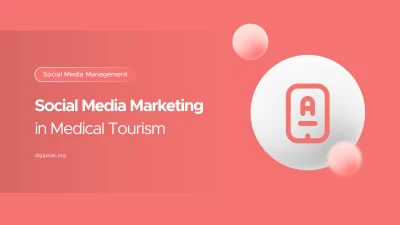
Social Media Marketing in Medical Tourism
In today’s digital age, social media has become an indispensable tool for businesses across industries. …
29/03/2023 -
11 dk okuma
Stay up to date with Peakers
In our article on “How to make a podcast?”, we will learn how to create a podcast step by step.
Our main questions:
Let’s find the answers step by step!:
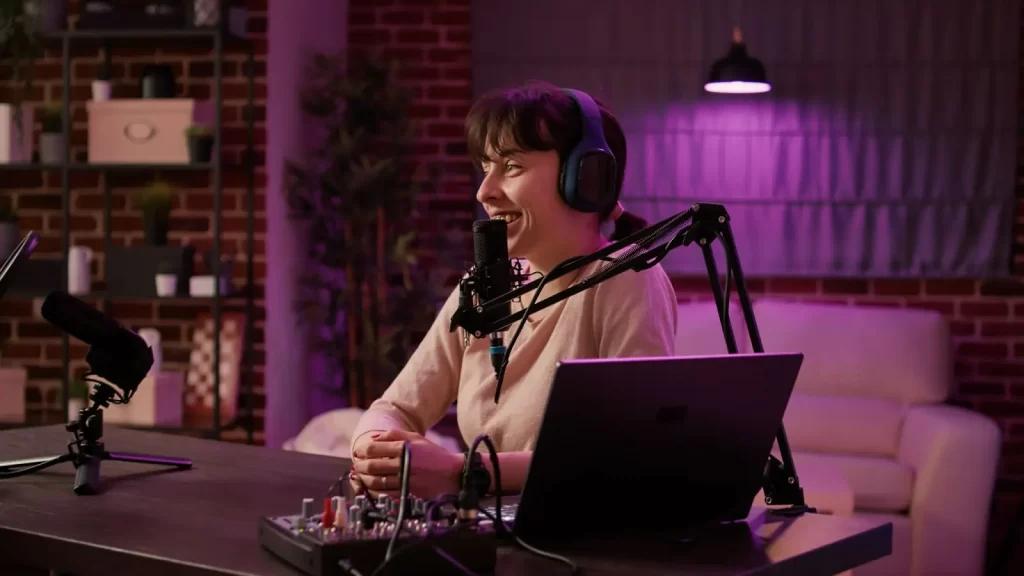
A podcast is a series of audio that a user can download to a personal device and listen to in their spare time. Each episode is centered around a theme or topic that typically spans between 20 and 60 minutes. You can think of a podcast as an audio version of any television series. It follows the same production format: It follows a specific theme or topic, and can be based on fact or fiction. The main thing about podcasts that separates it from TV series is the use of a podcast host. Every podcast needs a host who can tell the story and guide the listener through the episode. Podcasts cover a wide range of topics and genres, including news, entertainment, education, comedy, sports, and more. They are usually hosted by one or more individuals and can be listened to or watched on various devices, such as smartphones, tablets, and computers.
The most popular platforms for listening to podcasts;
Podcasts are popular because they offer a convenient and portable way to consume audio or video content. Listeners can subscribe to a podcast and automatically receive new episodes as they are released. They can listen to or watch podcasts anytime and anywhere, whether they are driving, working out, or relaxing at home. Google Trends shows that podcasts are becoming increasingly popular, and peaked around the world especially in fall 2019 and spring 2020. Podcasts are typically free to download or stream, although some creators may offer paid subscription models or include advertising to monetize their content. Podcasts can be produced by individuals or organizations, and they can range from amateur to professional in terms of production quality and content.
The difference between a podcast and standard audio files is the same as the difference between a video and a television series. An audio file is a file format used to store audio on a digital device. A podcast, on the other hand, is a produced show that includes storytelling, formatting, and sound source. To create a podcast, you need audio files.
A podcast server is a platform that stores your podcast and distributes it to streaming platforms like Apple Podcasts and Spotify.
First you upload your audio file to your hosting platform, then they create an RSS feed and submit your episodes to various directories (AKA to publishers). A podcast server is a platform or software that enables users to host, manage, and distribute their podcasts. Podcast servers can be used by individuals or organizations to host and publish audio or video content that can be accessed by listeners on various devices, such as smartphones, tablets, and computers.
There are two main types of podcast servers: self-hosted and hosted. A self-hosted podcast server is a solution that allows users to host their own podcast on their own web server, which gives them more control over their content and the hosting environment. Self-hosted podcast servers typically require users to have some technical knowledge, as they need to install and set up the server software and handle any maintenance and updates.
Examples of self-hosted podcast servers include
On the other hand, a hosted podcast server is a platform that provides hosting and publishing services for podcasts. Hosted podcast servers typically have a user-friendly interface and require minimal technical knowledge, as they handle all the technical aspects of hosting and publishing podcasts. Users simply need to upload their audio or video files to the platform, and the server will handle the rest.
Examples of hosted podcast servers:
Podcast servers typically offer a range of features and tools to help users manage and distribute their podcasts.
Some common features include:
Podcast hosting: The server stores and serves audio or video files, allowing listeners to access and stream the content.
Podcast publishing: The server provides a platform for users to publish their podcasts, which can be accessed by listeners through various channels, such as a website, mobile app, or podcast directory.
Podcast analytics: Many podcast servers offer analytics and tracking tools to help users understand how their podcasts are performing and how listeners are engaging with the content.
Podcast advertising: Some podcast servers offer tools and services to help users monetize their podcasts through advertising, sponsorships, and other forms of revenue. You can promote your podcast episodes.
Podcast syndication: Podcast servers can help users distribute their podcasts to multiple platforms and directories, such as Apple Podcasts, Google Podcasts, and Spotify, to reach a wider audience.
They are great podcast platforms.
In summary, a podcast server is a platform or software that enables users to host, manage, and distribute their podcasts to a wide audience through various channels and devices.
It offers a range of features and tools to help users publish, track, and monetize their content, and can be self-hosted or hosted.
One of the best things about starting a podcast is that it doesn’t take much time to get started.
All you need are these high quality podcasting equipments:
If you are just getting started, you may prefer a dynamic USB mic that is less sensitive to ambient noise and easy to set up with USB connection If you have a studio setup, a condenser microphone with XLR cable might be fine.
Therefore, it is important to create a quiet, soundproof space for recording.
There are several audio editing software you can use, including Audacity, Adobe Audition, and Descript – each differs in editing features.
The first thing you need to start a podcast is an idea. For an individual, it may stem from passion or expertise towards a particular subject/industry. For a brand, this may come from the research you collect about your target audience. In essence, your podcast should appeal to a specific audience. Since if there is no interest, you will be talking to a wall. And if you’ve ever given a PowerPoint presentation at 8 a.m. in college, you know exactly what it’s like. If you are reading this article, chances are good that you already have an idea for a podcast. In this case, the goal is to dive deeper into your idea and see if it’s worth pursuing.
To do this, the questions you want to ask yourself are:
Once you have a clear answer to these questions, you’ll know you have an idea to work with. Your idea may go through some changes as it develops, this is perfectly normal. You may want to secure your name and logo during this step, but we recommend waiting for it.
The great thing about podcasts is that they can follow almost any format. Some are interview-based and conversational, with one or more hosts bringing guests in, while others focus on storytelling (fiction and nonfiction). It’s up to you to decide which format best suits your theme. From there, start brainstorming your episodes into segmenting your show to make it easier for listeners to follow.
Once you have determined which format you want to follow, you may need to reach your network. Maybe you need a co-host or you need to arrange a few high-profile guests for upcoming shows. This is when you reach your network.
Now that you’ve worked out all the editorial details of your podcast, it’s time to record your first episode. While this may seem frustrating, view it as a dry run. After reviewing the recording, you can resolve any deviations related to the episode, the flow, the storytelling, etc. Don’t be afraid to ask others for feedback. When you’re in the early stages of developing your podcast, this is the perfect time to take notes on where you can develop and implement them before they’re officially released.
Having a great podcast concept won’t be enough to attract users. You should create a solid promotional strategy to get it in front of your target audience. Because how will they listen to something they don’t even know exists? First, pre-launch. The promotion doesn’t start after your first episode airs, it must start earlier.
But why?
It builds anticipation surrounding your show and can help you get started right out the door with a strong audience. For example, you can start by sharing a few posts on social media to count down the release date for your first episode. If you already have an existing audience elsewhere, such as a newsletter or blog, prioritize promotion on those channels as well. Once your show starts, be consistent in promoting episodes and don’t be afraid to experiment with a variety of methods. You may find that posting audio snippets from sections leads to higher engagement rates than posts about your guests. Once you’ve identified what your audience is responding to, stick with it.
Be sure to track your metrics. Once your podcast starts and is in full swing, start watching its performance.
The metrics you want to consider are:
Each piece of data you watch will provide insight to your audience and set your strategy for future episodes. For example, let’s say your best part is on a specific topic, you can cover it further.
Finally, it’s important to figure out how to generate income based on your podcast. The simplest way is sponsorship. Have you ever heard the phrase “This episode is brought to you by [add brand]”? This means that the show has formed a partnership with the brand to increase brand awareness or achieve some other marketing goal. In some cases, sponsorship also includes pre-roll (at the beginning of the episode) and mid-roll (mid-episode) ads.
Finally, you can also maximize your podcast by publishing it on YouTube. If you have a good home setup or a studio setup, consider recording both video and audio – especially if your show is for educational or conversational purposes. That way, you can post your podcast on YouTube, reach a wider audience, monetize your channel, and diversify the ways you promote your show. If you liked our article titled “How to make a podcast”, we recommend you to listen to our podcast named Peakcast!
If you are still having difficulties in creating a podcast and wanting to learn more about it, you can contact Digipeak! Our content marketing team will help you with your podcast.
Get an Offer


Join Us So You Don't
Miss Out on Digital Marketing News!
Join the Digipeak Newsletter.
Related Posts

In today’s digital age, social media has become an indispensable tool for businesses across industries. …
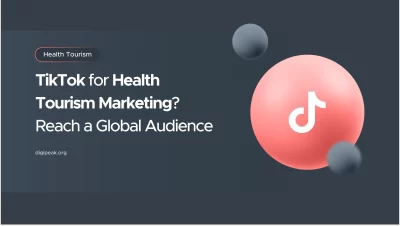
In recent years, health tourism has grown into a thriving industry, attracting people worldwide in …
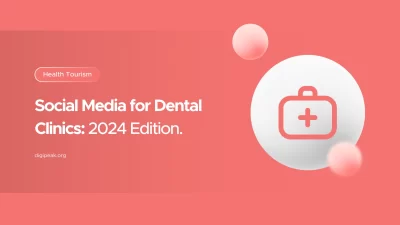
Social media is now practically essential for every sector. The healthcare sector too falls in …
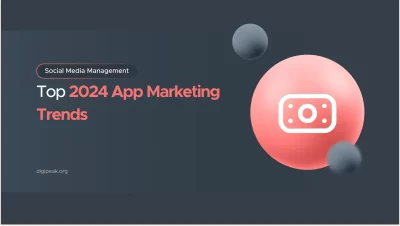
Our world is becoming more and more centered around mobile applications. With millions of apps …